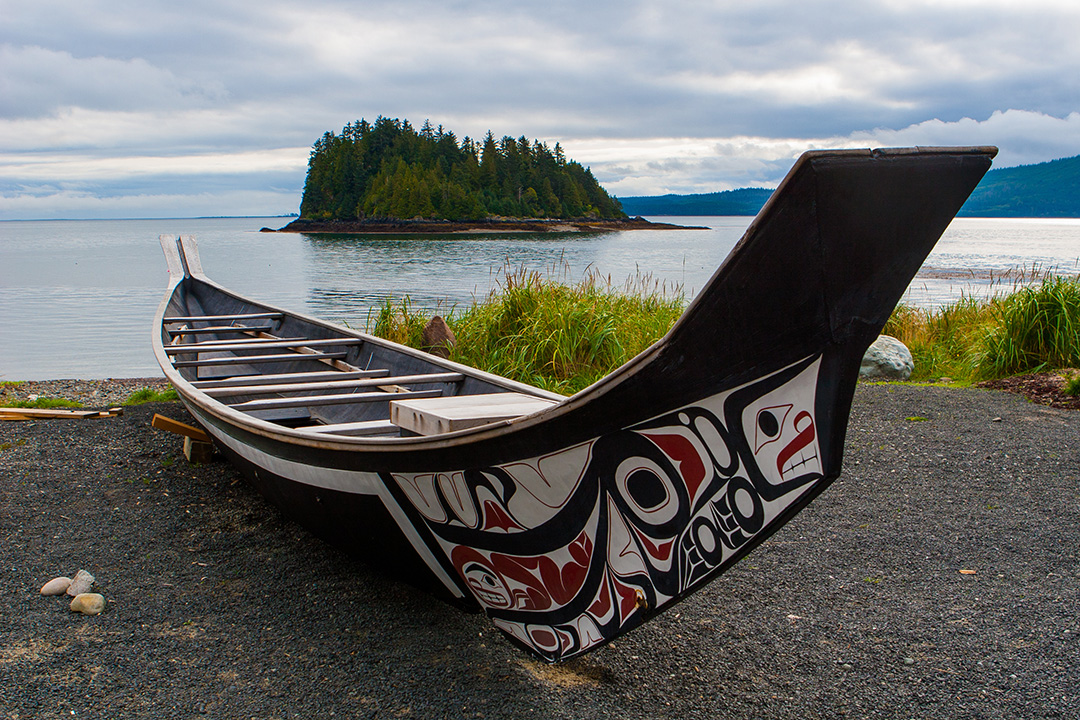Alaska and British Columbia Cooperation in Infrastructure Development
The cross-border relationship between Alaska and British Columbia (BC) has been a vital and evolving dynamic over the years. Sharing a vast border, these two regions have developed a symbiotic relationship characterized by cooperation in various sectors, particularly in transportation and infrastructure development. This article delves into the extent of their collaboration, highlighting the achievements and prospects in these areas.
Historical Background
Alaska and BC share more than just geographical proximity. Their intertwined histories, from the Gold Rush era to the modern-day, have paved the way for significant collaboration and mutual dependency. The gold rush, for instance, brought waves of prospectors through BC to Alaska, necessitating better transportation routes and infrastructure developments.
Transportation Links
The Alaska-BC Intertie: A primary aspect of their cooperation is the Alaska-BC Intertie, an electrical interconnection project designed to transmit power between Southeast Alaska and BC. While this is more of an energy project, it underscores the deep ties and mutual benefits drawn from such cross-border collaborations.
Marine Transportation: The Inside Passage, a coastal route along the Pacific Northwest, serves as a vital marine link between Alaska and BC. Ferries operate regularly along this route, facilitating the movement of goods, tourists, and locals. The Alaska Marine Highway System and BC Ferries have had collaborative efforts, benefiting both economies.
Road and Rail Connections: The Alaska Highway, starting in Dawson Creek, BC, and ending in Delta Junction, Alaska, is a testament to the collaborative infrastructure development. Built during World War II, this highway continues to be a critical road connection. There have been talks and initiatives over the years about extending rail connections between Alaska and BC, emphasizing the potential for greater connectivity in the future.
Infrastructure Developments
Ports and Harbors: Both Alaska and BC have been focusing on developing and enhancing their ports and harbors to accommodate increasing marine traffic, especially with the growth in Pacific trade. Ports like Skagway in Alaska and Prince Rupert in BC are just a few examples of the strategic importance they hold in cross-border trade and transportation.
Energy Infrastructure: Beyond the aforementioned Alaska-BC Intertie, there have been discussions about potential joint ventures in hydroelectric projects, given the abundant water resources in both regions. Such projects have the potential not only to boost their respective energy grids but also to promote cleaner energy solutions.
Joint Investment Initiatives: Recognizing the mutual benefits, both regions have encouraged joint investment initiatives to bolster infrastructure projects. From roadways to communication networks, there’s a continuous effort to ensure that the infrastructure meets the growing demands of the 21st century.
Future Prospects
The future of the Alaska-BC relationship looks promising. As global trade shifts and the importance of the Pacific Northwest corridor grows, both regions stand to benefit immensely from increased cooperation. Climate change, too, with the potential opening up of the Arctic routes, might necessitate even closer ties in infrastructure and transportation development.
In conclusion, the relationship between Alaska and BC is more than just about shared borders. It’s about mutual growth, strategic collaboration, and harnessing the potential of their combined resources. As both regions continue to evolve and adapt to the changing global landscape, their cooperative spirit in transportation and infrastructure development will undoubtedly play a pivotal role.

Leave a Reply